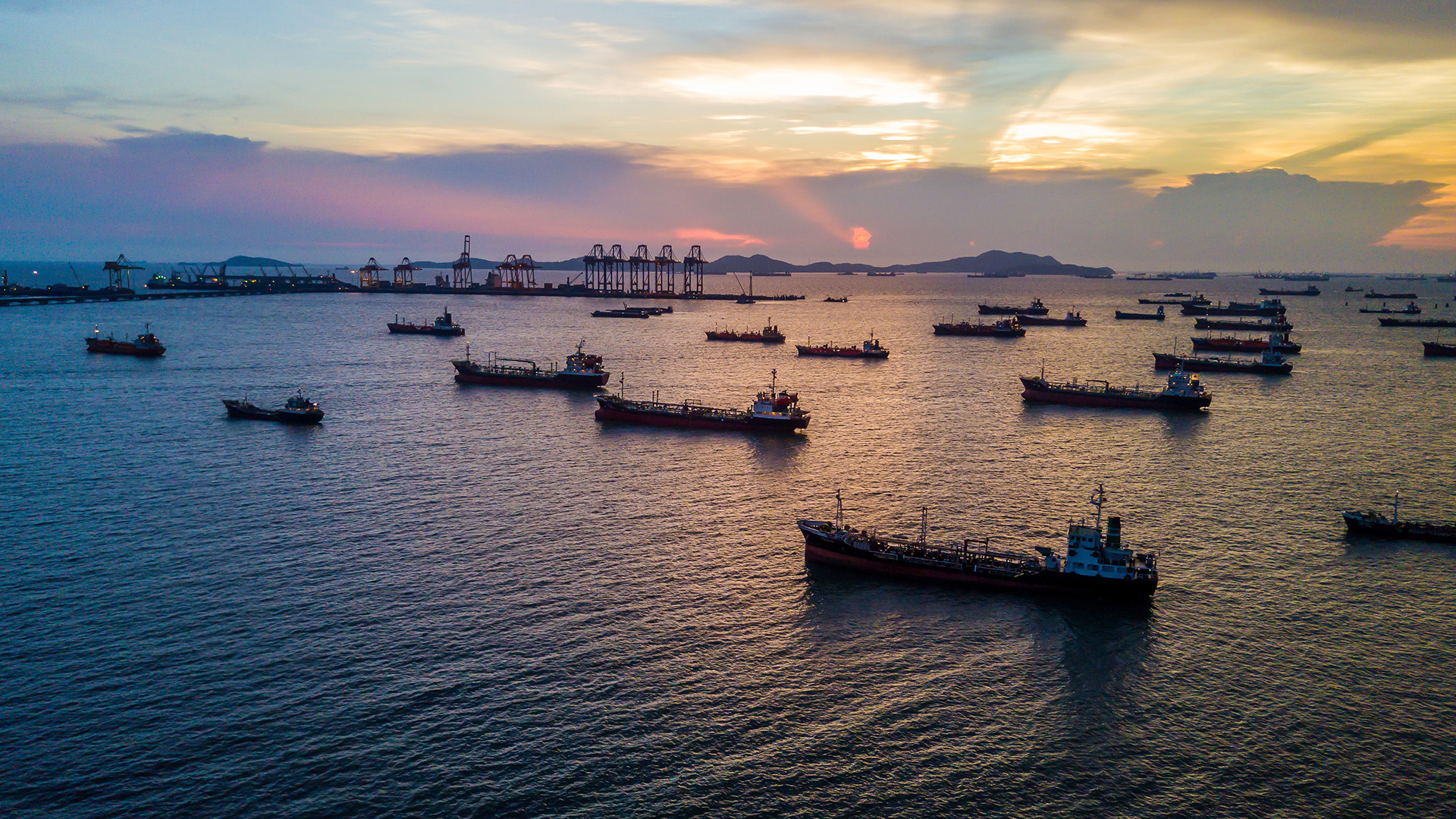Publication
Distress signals: Cooperation agreements or mergers to the rescue in times of crisis?
The current volatile and unpredictable economic climate creates challenges for businesses.


Global | Publication | October 2021
The EU published its update to the green deal, known as “Fit for 55” in reference to the 55% reduction in carbon emissions targeted for 2030 in July 2021. The proposals are intended to enable the acceleration of greenhouse gas emission reductions in the next decade and combine: application of emissions trading to new sectors and a tightening of the existing EU Emissions Trading System (ETS); increased use of renewable energy; greater energy efficiency; a faster roll-out of low emission transport modes and the infrastructure and fuels to support them; an alignment of taxation policies with the European Green Deal objectives; measures to prevent carbon leakage; and tools to preserve and grow our natural carbon sinks.
The “Fit for 55” proposals impact the shipping industry in a number of ways. For example, the FuelEU Maritime Initiative sets a limit of greenhouse gas emissions from ships calling at EU ports to promote the use of sustainable maritime fuels and zero-emission technologies. In addition, as expected, the proposals seek to extend the ambit of the EU ETS to include maritime transport.
Established in 2005, the EU ETS was the first emissions trading system in the world and remains the largest greenhouse gas emissions trading system across multiple countries and multiple sectors. It operates as a cap and trade system: a maximum amount of allowances is available in the scheme and these are allocated to participants either via free allowances or auctions, where participants purchase allowances. If the allowances which a particular participant has are insufficient to meet its needs, then it has a choice: to reduce carbon emissions to fall within its allowances or to purchase further allowances which are traded on a secondary market.
The availability of free allowances depends on the industry the participant is involved in: in the power sector, there are generally not any free allowances available, but in aviation, to aid the transition to a low carbon economy, the industry receive the majority of their allowances for free.
As the UK has now left the EU, the UK’s participation in EU ETS has ended. Instead, the UK has introduced its own emissions trading scheme, the UK ETS, although at present this only covers the power and aviation industries. However, the Department for Transport have indicated that they are considering expanding the UK scheme to include shipping, although no firm decision has been taken on this.
Shipping has not, historically, been included in the EU ETS, but the draft legislation released on 14 July 2021 as part of the revised green deal changes that, including maritime emissions within the scheme. The current proposals are as follows:
These proposals will need to be formally adopted before the amendments to the current EU ETS legislation take effect and so there could be further changes to the draft legislation. However, as the proposals envisage shipping being included within the EU ETS by 2023, this suggests that the EU does not intend to lose momentum on its decarbonisation strategy.
The cost of including shipping in the EU ETS will be significant for the industry: the price of CO2 has risen sharply over the last few months, with prices expected to increase further. The ratcheting up of the amount of maritime emissions to be included in the scheme will mean that shipping will have a gradual introduction to the cost this will entail, but even from the outset of the scheme, these costs, plus the administrative costs of being involved with the scheme, may be onerous.
The extra-territorial effect of the EU ETS means that it will not just be EU ship operators who are affected: some non EU Shipping Companies have already expressed dismay at potentially being subject to these measures. Some ship operators have argued that, if there is to be an emissions trading scheme for shipping, this should be done at a global, IMO level to maintain a level playing field across the industry. There has also been concerns about how the funds raised from the scheme will be applied: many would like to see these re-invested in R&D to aid technologies and infrastructure advances to support decarbonisation across the industry. Others have welcomed the news, conscious that measures need to be taken to address emissions in shipping and acknowledging that whilst the EU ETS is not a global, perfect solution, it is a step in the right direction, particularly when the IMO are unable to move as quickly as the EU on such measures. Regardless of the differing opinions on the scheme, the potential inclusion of shipping in the EU ETS is a clear sign of the importance which the EU has placed on decarbonising the industry. Ship-owners will have to navigate involvement in the scheme over the coming years, and the associated requirements and costs placed upon them, as well as the other rafts of sustainability provisions which are being introduced. Including the FuelEU Maritime Initiative, and at IMO level, initiatives such a such as the Energy Efficient Existing Ship Index (EEDXI), which was adopted earlier this year and is due to come into force in 2022.
Publication
The current volatile and unpredictable economic climate creates challenges for businesses.

Publication
Recent tariffs and other trade measures have transformed the international trade landscape, impacting almost every sector, region and business worldwide.

Publication
In mid-March 2025, Cognia Law and Norton Rose Fulbright’s Legal Operations Consulting team co-hosted a second roundtable event that brought together senior leaders, including GCs, COO and head of legal operations, from across the legal industry to discuss how to drive meaningful change within the legal ecosystem.
Subscribe and stay up to date with the latest legal news, information and events . . .
© Norton Rose Fulbright LLP 2025